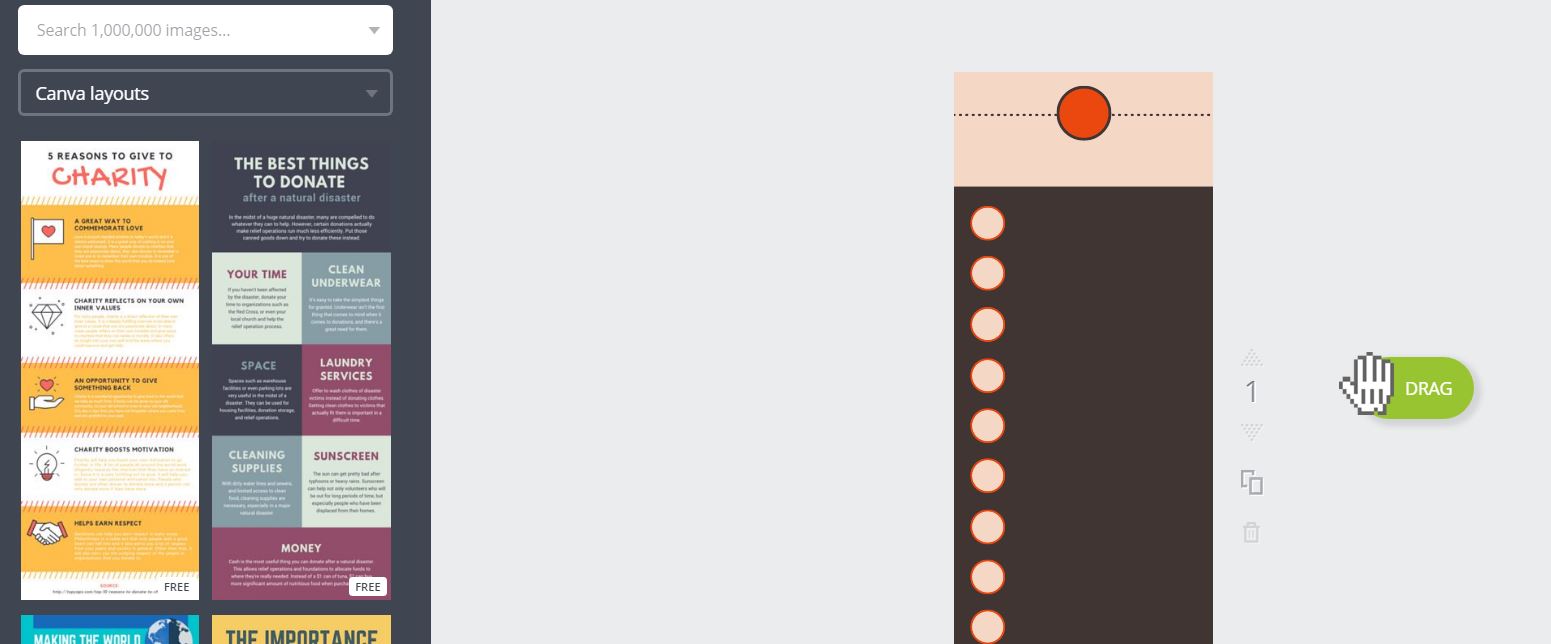Marketing
Marketing
So, you’ve got a blog post or two. What’s next? It’s now time to optimise your content.
SEMrush did a study recently that showed longer content tends to win the ranking race, particularly for longer search terms.
Detailed, in-depth content lets you get forensic with a topic and provide even more value to your audience.
You can boost traffic by making sure your blogs and guides are the best they can be. Let’s look at some of the best ways to optimise your blog.
There’s still value in ensuring you have the right keywords in your content. It tells Google what your page is about. Gone are the days where you’d stuff your content full of keywords, with the result being blog posts that were crammed full of unnecessary terms. Concentrate on making your content natural and useful – and use a few keywords to signpost your content for Google.
Also, a bit of extra keyword research can highlight opportunities to expand upon the content you already have on your blog. You can find what people are searching for in your niche and create content that is specifically delivering the answers to queries and trends.
Not sure where to start? Here’s a link on Keyword Research Tips
Hint – Long Tail keywords can drive significant traffic as you answer more precise questions!
The video above is worth a watch. Don’t have time right now? Here a link to, Moz’s Long Tale Keyword Guide
Could a different title capture more interest? Add power words, lists, and other numbers to improve the clickthrough rate of your blog. Just be sure it still relates to the content!

We love CoSchedule’s Headline Optimiser. Have a play, it’s quite fun trying to beat your score!
Internal link building is an SEO strategy in itself. By connecting pages on your website together, you can pass link juice through to your to your most important pages, and help control the user journey, making it easier for your audience to get to where they need to go.
This means that you need to make sure that the content you’re linking to is quality too. Having a consistently strong user journey means that people won’t be put off by poor content as they navigate through your website. There’s no point hooking someone in with killer content and then losing them as they click through to something poor and sub-standard.
Orbit media have put together a solid internal link building guide. It’s definitely worth a look.
From a basic aesthetic point of view, short urls look much cleaner and more attractive. Having concise, manageable urls means that they’re likely to stand out and grab attention. For example:
watb.co.uk/optimise-your-blog-posts-seo
Is much simpler and quicker to read compared to:
watb.co.uk/content-marketing/seo/blog-seo/how-to-optimise-your-blog-posts-for-seo
Plus they look better as Anchors if people link to your website using your blog url. Or if they’re sharing it on Twitter, they might not have to visit a site like goo.gl to shorten the url before they can post something about the article.


When you’ve got a stream of quality content, you can work on putting it all together into one big mega-guide. You can theme your guides, so that all of the content is relevant and you can then target your guide at specific audiences. You can create a gated guide too, so that people need to sign up with an email address in order to access it. This can help you to generate more leads and subscribers.

This article by Ahrefs shows how to identity and merge your best content to drive better rankings and traffic.
Turn data into infographics. Adding strong visuals to your blog posts and you’ll be able to beautifully communicate the data and stats you’re using. You can create infographics easily using canva.

Create podcasts or videos (if you have videos, checkout this guide on how to make your videos rank better on youtube). Podcast and video popularity continue to soar, so using your blog post as a script or discussion point for your pod or vid can be a great idea. You can flesh out some of your points, gather questions from your audience and if you’re doing a Facebook Live video you can take direction from your audience and interact as you go along. It’s a great way to repurpose a blog post or add some extra substance to your post.

META titles and descriptions are what are shown in the Google Results Page. Improve your META by including your top keyword/s and a CTA. Make sure your descriptions are simple, clear and compel users to click through. This is harder than it sounds – ask any copywriters about the hardest text to write and they’ll probably tell you it’s the shortest copy. You’ve only got a small space to simplify a message and persuade users to take action.
Use the strongest benefits/features of your product in a description i.e organic and make your description customer-focused. What are you proposing to an audience and why should they choose you?
Hit up this Shopify blog for more advice on META descriptions

Add obvious social share icons to improve the sharability of your post. Obviously you want to be able to point to sharing on big sites like Facebook, Twitter and LinkedIn. Don’t forget to add sharing plugins for mobile-based messaging apps like WhatsApp too, as people can easily share and discuss posts with friends.
Ultimately, you need your audience to want to share your content too, so again – work on making your content engaging and people will look to share it with others.
Looking for a list of the top Social Sharing Plugins for WordPress?
Share your content on social media channels, but we’d recommend cross-promotion instead of cross-posting. Not every piece of content will benefit from being shared on every social media channel. It’s easy but not all channels will be compatible with your brand’s content. Look at tailoring your message and repurposing content for specific channels.
Cross content promotion uses unique messages for each social media channel to signpost towards your post and adopt the best language for each channel i.e a visual post pushing to content on Instagram instead of something text-heavy.

Have clear CTAs and stagger your content sharing. Don’t just share your content once; intelligently share it as part of a coherent content strategy.
Send out your content to your email subscribers and reward them for their loyalty with exclusive content and gated content. If you’re just sending out content that they can find on your website then there’s not much incentive to give their email address to you, so make sure you make it worth their while and put together a strong email sequence.
Here are some sure fire tips for successful email campaigns
Send a few emails to those who may be interested in reading your content. They might offer you feedback, share your blog, or link to it! Having a blog post that is endorsed by people in your industry or the niche area you’re targeting will help to give your content authority and build its credibility.
Ahrefs have put together a guide on some of the best outreach tips
Find influencers who may already be interested in your sort of content. Contact them through social media or email. You should offer influencers something in return like a guest-blog spot or a payment. Build up relationships with a team of influencers that you can count on to share and comment on your content.
Here’s a guide on how to find influencers who want your content
Working with other brands and influencers is crucial for link building, but you should also aim to create quality content that people will link to regardless. Emailing bloggers, pitching to sites, paying for listings and generally contacting website that rank well for your targeted keywords and niche are all ways to start link building. Ask you audience to link to your site, create a brand blog, produce sharable quality content and be on trend.
Your blog can be a superb way to increase brand awareness and drive traffic towards your site and generate leads. Keep plugging at it and remember that the key priority that is central to your success is creating consistently great content.


Stay up to date with the latest marketing, web design, and branding tips and news.